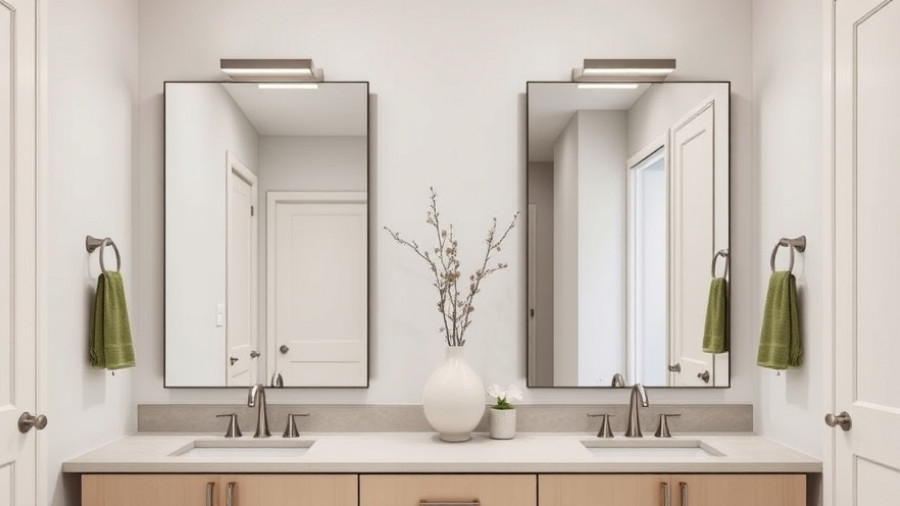
Revamping Home Accessibility: A Modern Approach
In the latest episode of This Old House, renovation takes a significant leap as homeowners prioritize accessibility without sacrificing style. Installing a residential elevator not only addresses mobility needs but also showcases modern technology seamlessly integrated into design. The nuanced details come alive when we explore how an accessible home enriches the lives of every family member.
In the episode 'This Old House | Upcycled,' the focus is on creating an accessible and sustainable home environment, inspiring us to delve deeper into its innovative insights.
Innovating with Upcycled Materials
The show highlights innovators like Tom, who creatively repurpose leftover floorboards for modern enhancements. By integrating sustainable practices like upcycling, renovations can reflect personal values and ecological responsibility. This also opens up avenues for unique designs that tell a story, appealing to homeowners looking to minimize waste without compromising aesthetics.
The Importance of Accessibility Features
Building homes with accessibility in mind is not just a trend but a necessity. As we learned from the show, with one family member affected by Duchenne muscular dystrophy, incorporating features such as ramps and elevators can transform daily living. These considerations ensure that all family members can enjoy their home fully, fostering independence and inclusivity.
Smart Home Features for Modern Living
Beyond physical accessibility, smart home technologies emerge as vital enhancements. From battery-powered shades to voice-controlled lighting, these innovations significantly improve the everyday experiences of families. The integration of technology ensures that homes are not just places for physical mobility but also hubs for modern convenience, providing functionalities that adapt to various needs.
Solar Power: Sustainable Energy for the Future
Solar panels represent one of the most exciting developments showcased in This Old House. The project employs over 60 solar panels to cover the geothermal energy demands of the home. Not only do these panels contribute to sustainability, but they also offer an estimated eight-year payback on investment. Homeowners can enjoy energy independence while benefiting from significant cost savings over time.
With all these elements intertwining, it’s clear that today’s renovations are as much about improving quality of life as they are about design. This Old House continues to highlight the evolving relationship between home renovation and living accessibility, equipping homeowners with relevant knowledge to make informed choices.
As you consider renovations, think about how features not only meet immediate needs but also enhance overall lifestyle. Whether it’s integrating modern technologies or prioritizing accessibility, every choice adds value.
 Add Row
Add Row  Add
Add 




Write A Comment